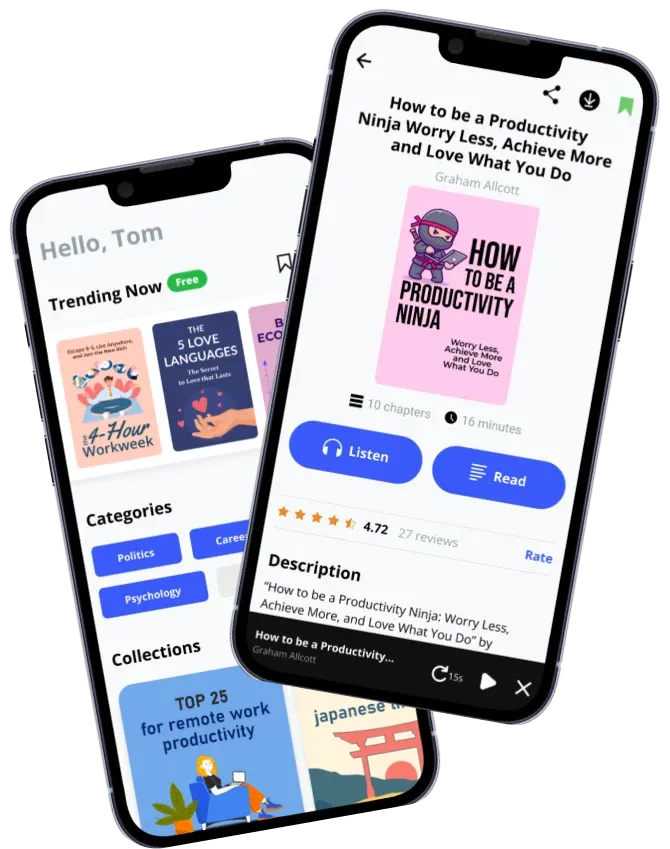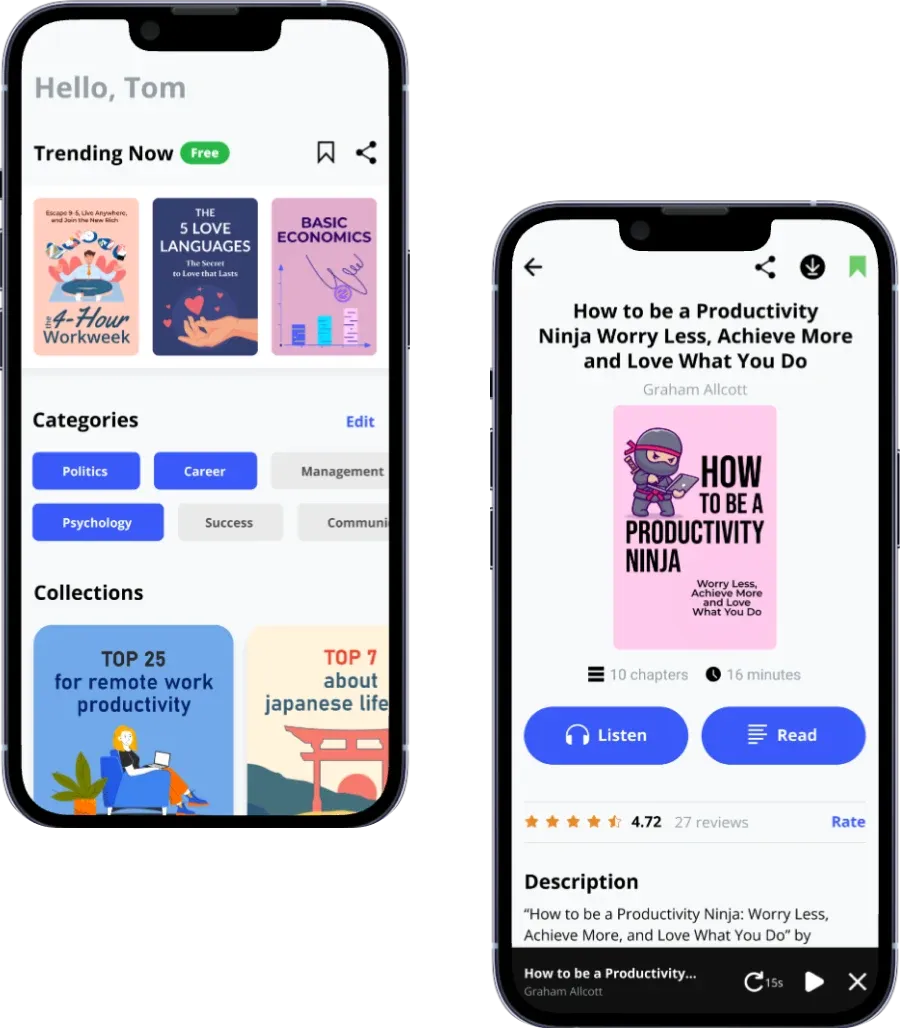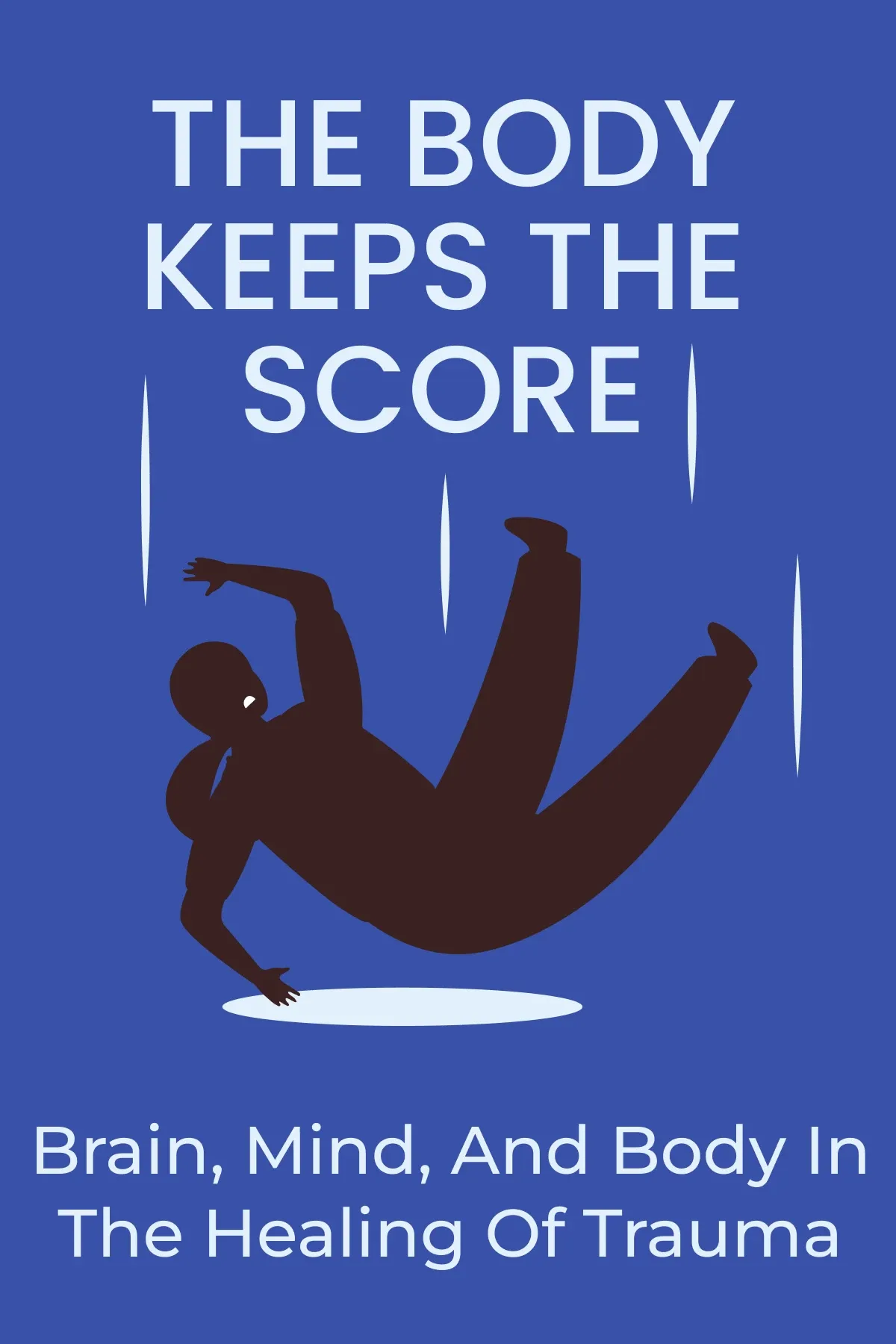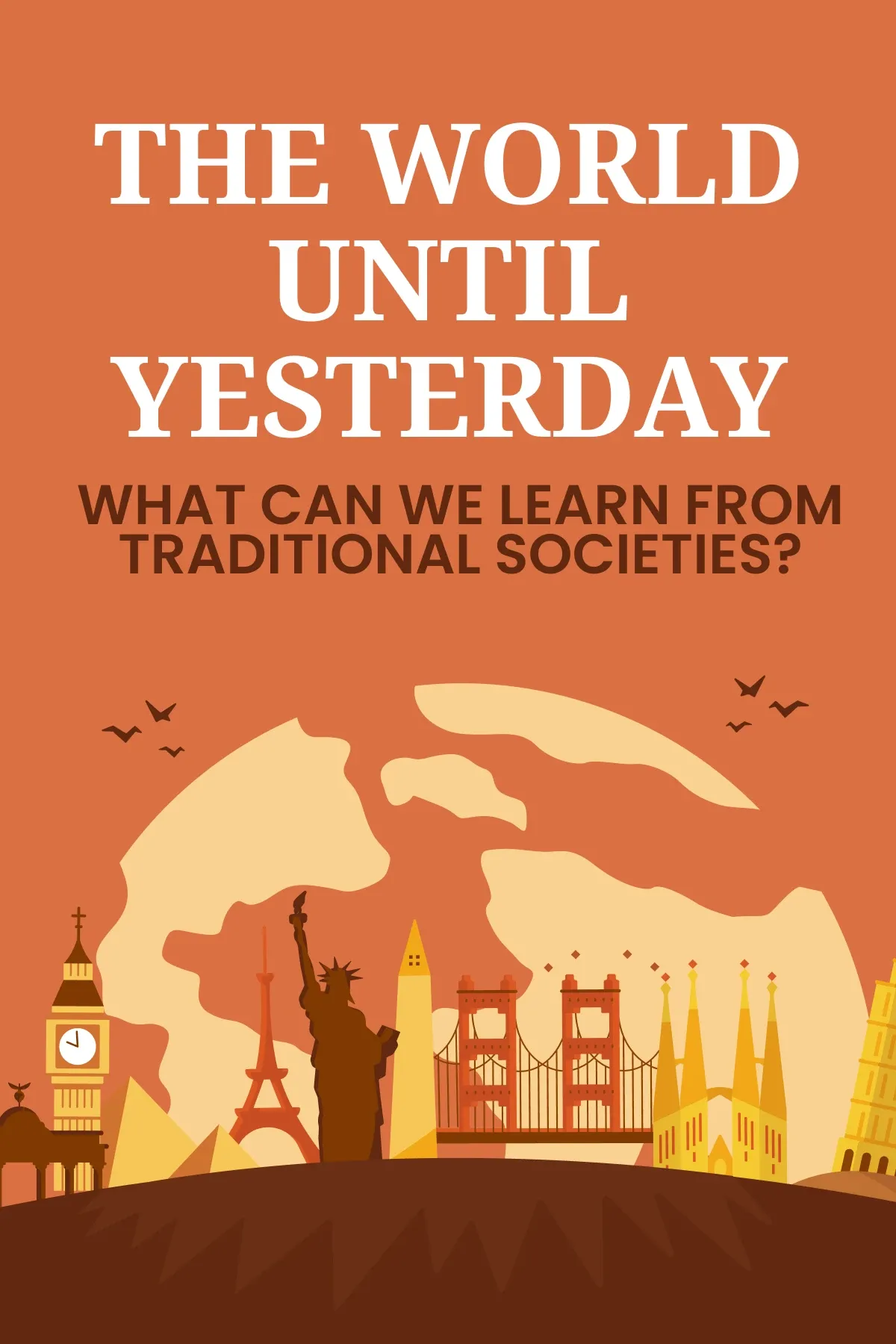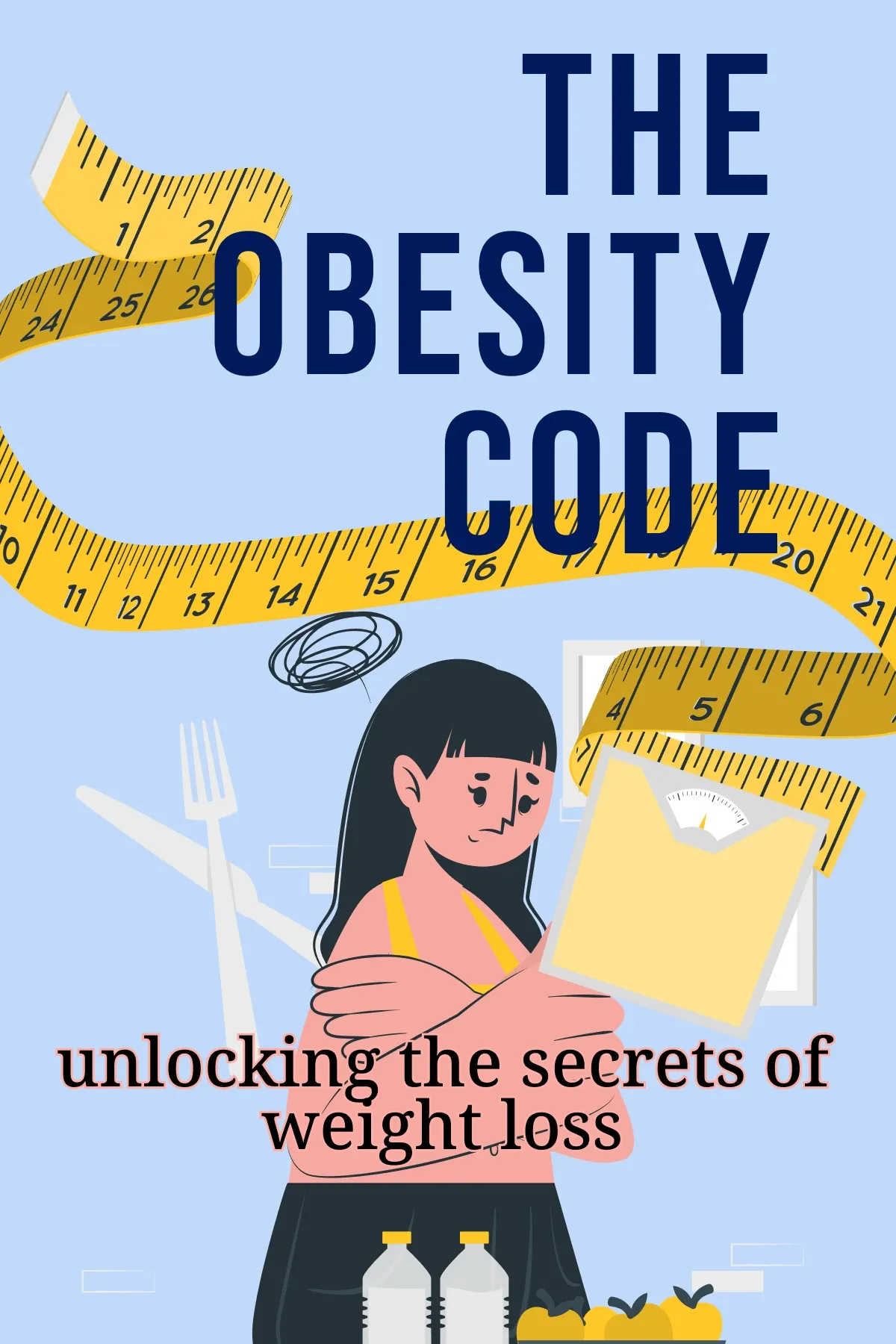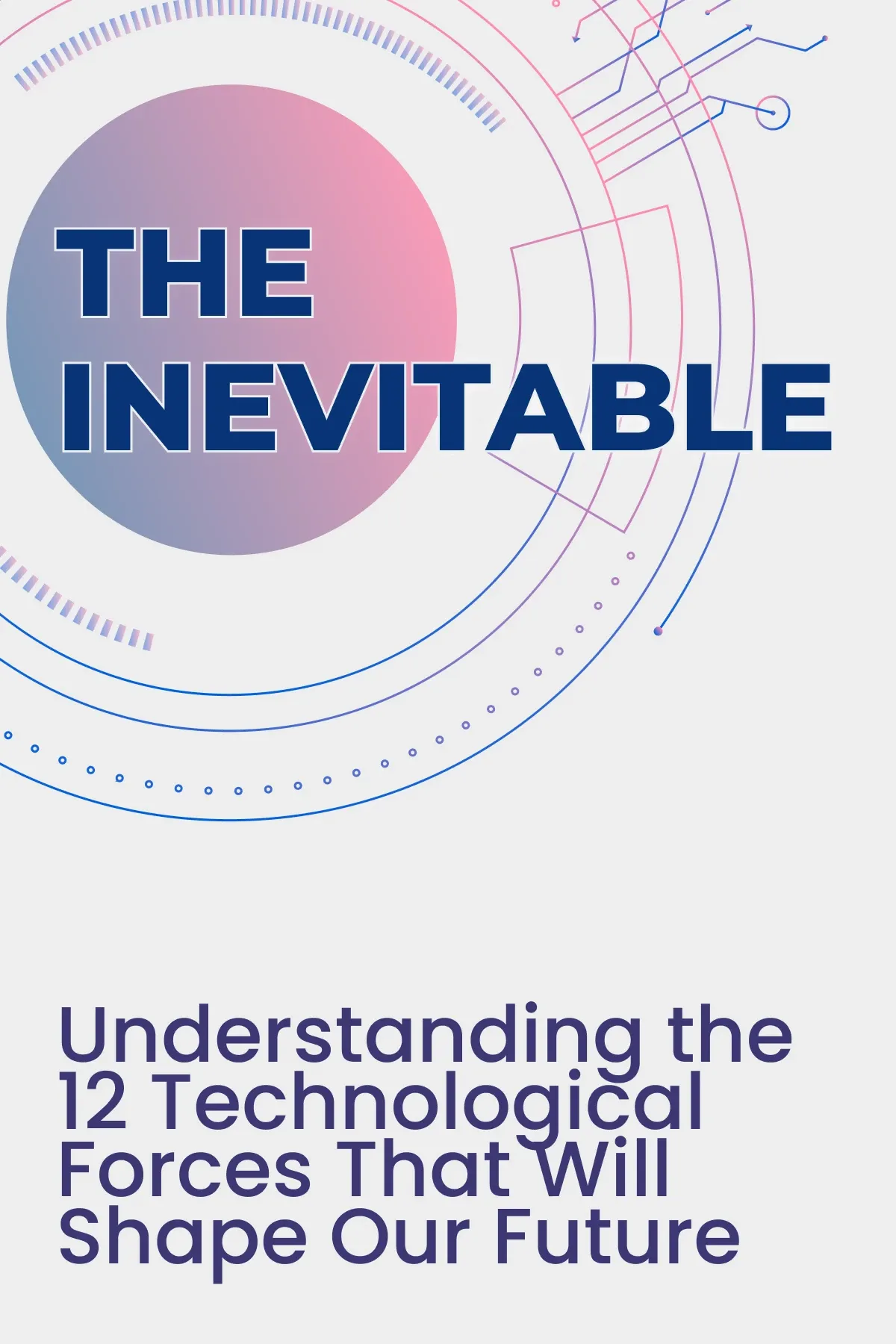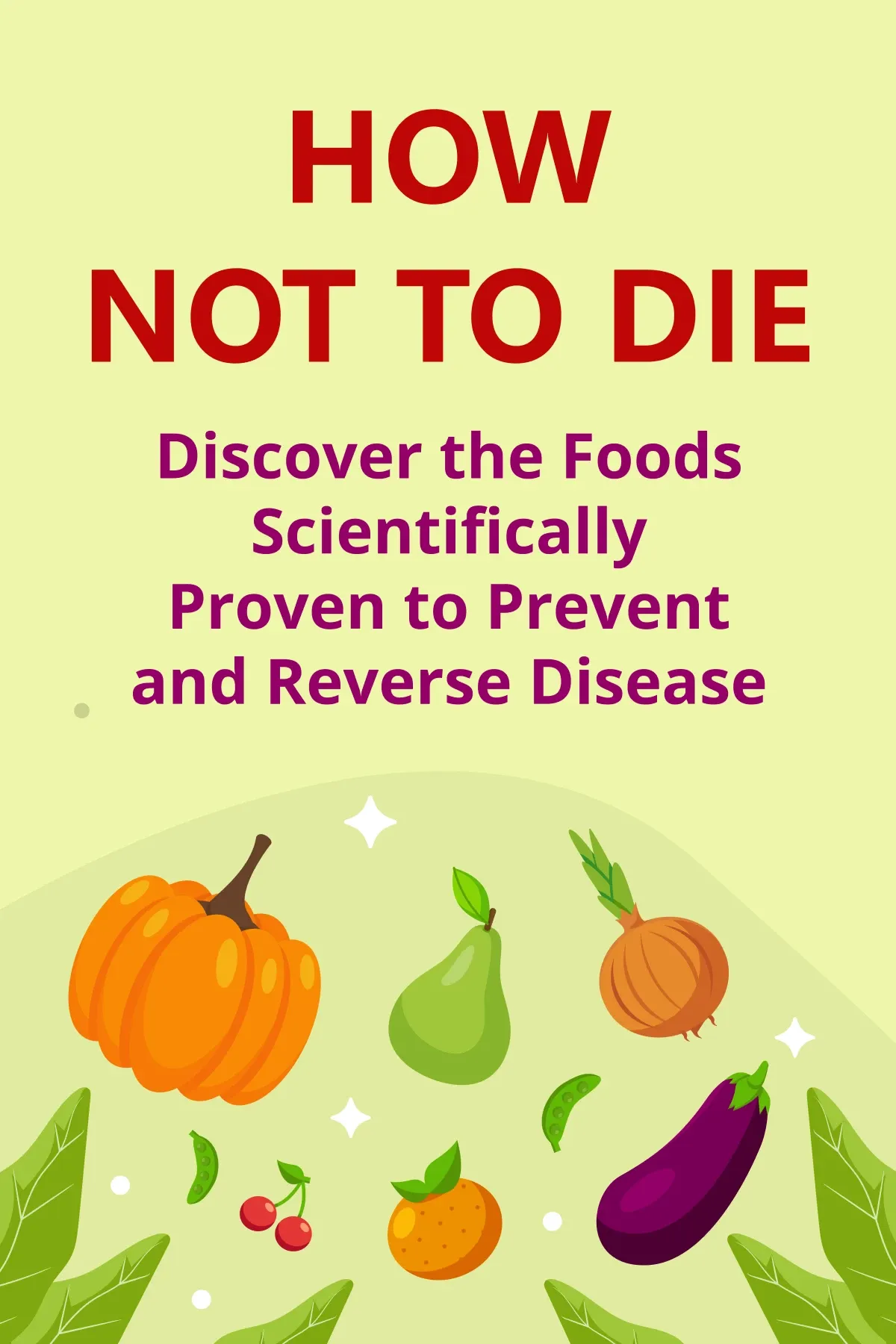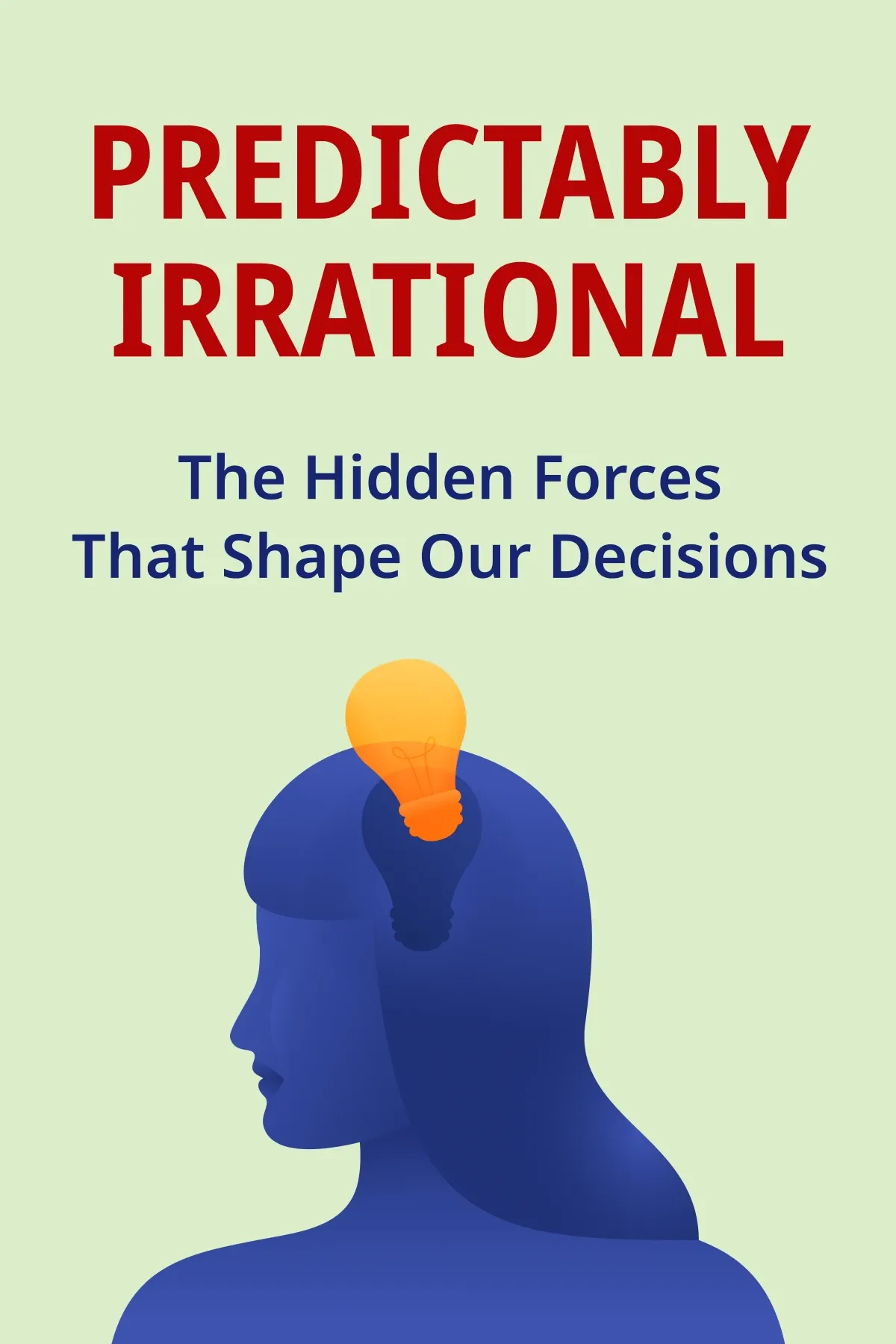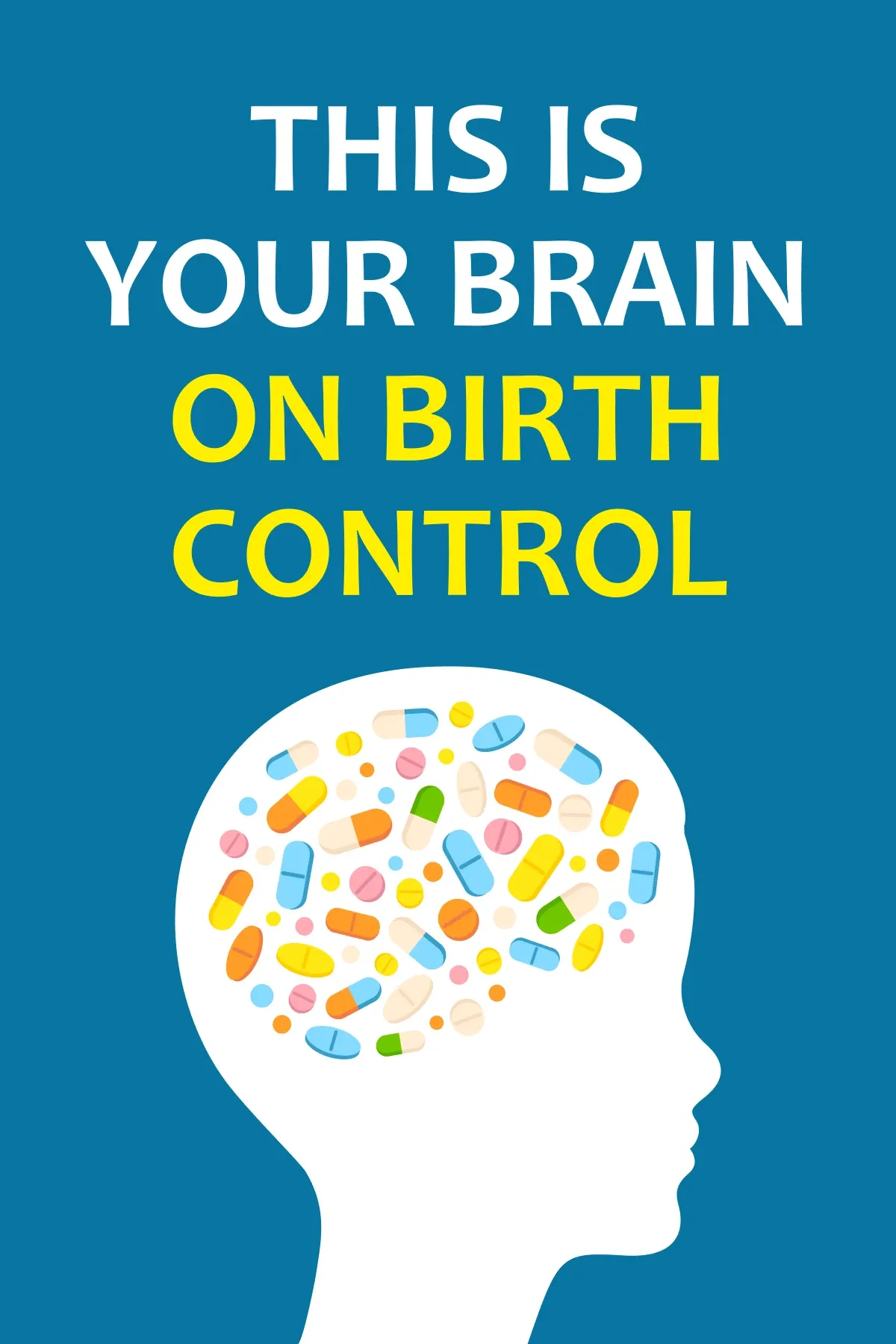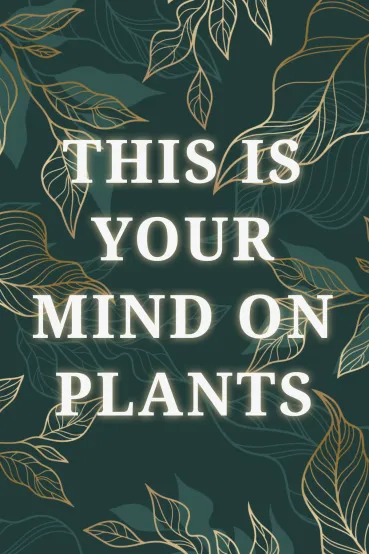
This Is Your Mind on Plants
Brief Summary
Explore the intriguing world of psychoactive plants with Michael Pollan as he debunks myths about caffeine, mescaline, opium, and their cultivation. “This Is Your Mind on Plants” sheds light on the shifting perceptions of substances once valued for their medicinal benefits and how modern policies have reshaped their legacy.
Key points
Key idea 1 of 8
Plants have a bunch of different properties and are used in every possible field—from medicine to the beauty industry. They can heal, alleviate pain, and provide fiber. Yet, among their diverse uses, one of the most intriguing is their ability to alter consciousness. We commonly consume plants such as tea and coffee to sharpen our mental capacity, stay focused, or chase away the remnants of sleep. Despite caffeine’s ability to alter our senses, this stimulant is legal and does not fall under the definition of a drug. If so, what is considered to be a drug? Why is drinking tonic tea permitted while the consumption of certain mushrooms containing psilocybin is restricted?
Separating drugs from foods is essential, which is exactly what the United States Food and Drug Administration is looking out for. According to the FDA, drugs are “articles other than food” recognized in the pharmacopeia. Unfortunately, this definition does not facilitate understanding what drugs are. The additional term “illicit” simply denotes substances deemed illegal by the government, which are typically compounds that can alter consciousness in ways that society sees as disruptive. Thus, tea and coffee, which bolster productivity and serve economic interests, are unregulated and widely accepted. In contrast, psychedelics, which are less toxic and addictive, have been classified as threats to social order since the mid-1960s.
There was a time when coffee drinkers were considered dangerous to political harmony, so in European and Arab countries, the drink was banned. Today, scientists see great potential in psychedelics. Psilocybin, for example, can help combat psychological problems. Presumably, this will lead to the FDA giving some psychedelics the rank of full-blown medicines. Indigenous cultures have historically viewed certain substances as integral to social cohesion and healing. In the United States, Native American communities are permitted to use peyote for religious ceremonies. However, this legal exception is not extended to others outside these communities.
There are three notable psychoactive molecules, and their plant sources include caffeine in tea and coffee, mescaline from San Pedro cacti and peyote, and morphine from the opium poppy. These substances represent different effects: morphine as a sedative, caffeine as a stimulant, and mescaline as a hallucinogen. Caffeine is universally legal, morphine is mostly regulated, and mescaline is illegal in the US except for Native American ceremonial use. Together, they illustrate the range of psychoactive experiences, from everyday stimulation to ceremonial and medicinal use.
You may also like these summaries
